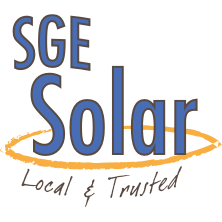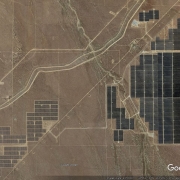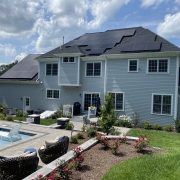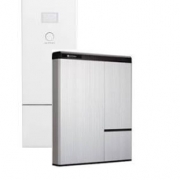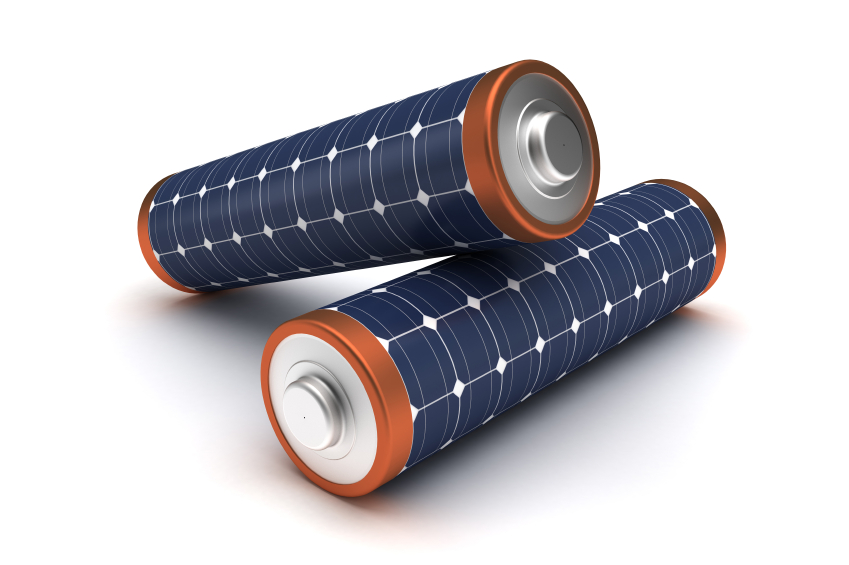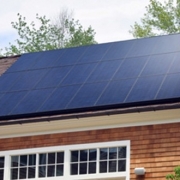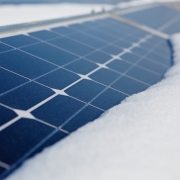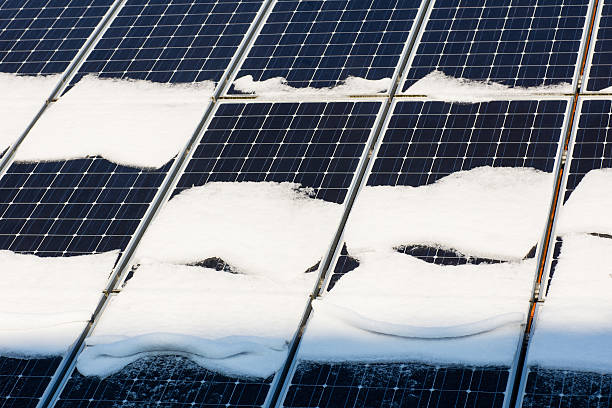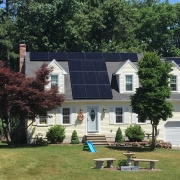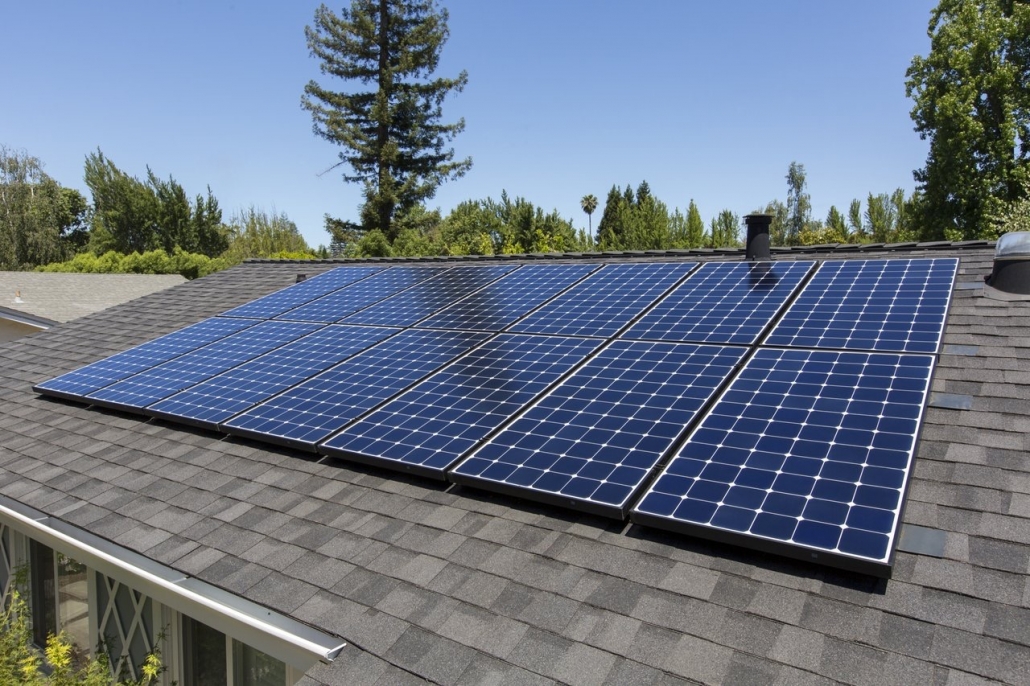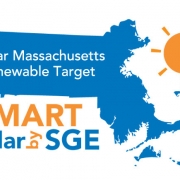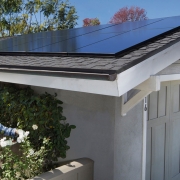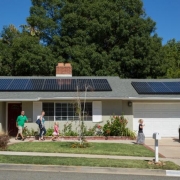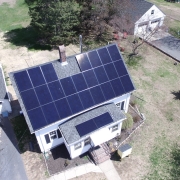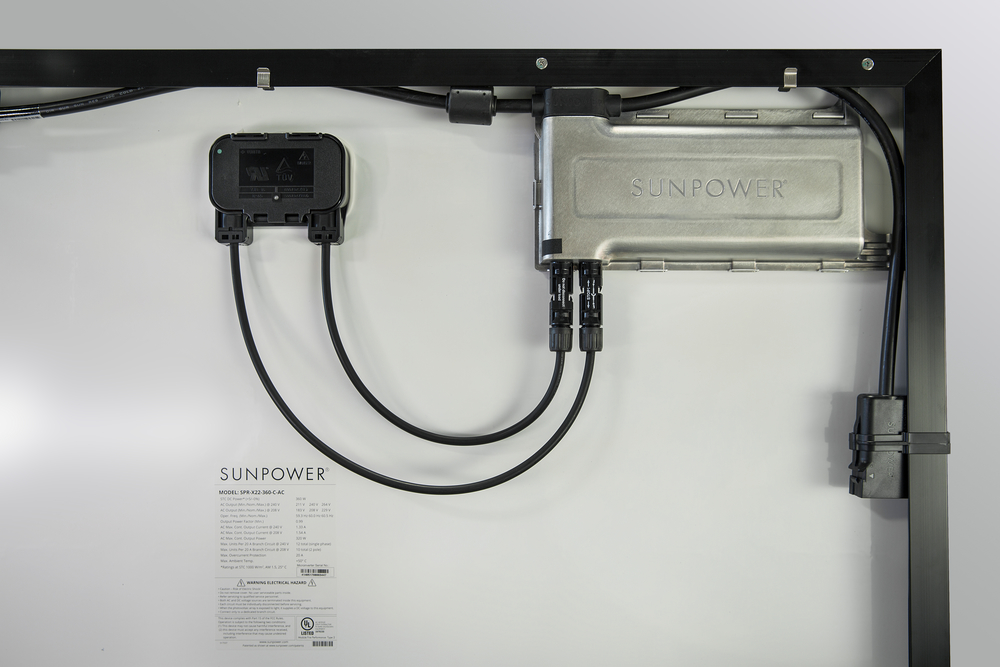Solar Star
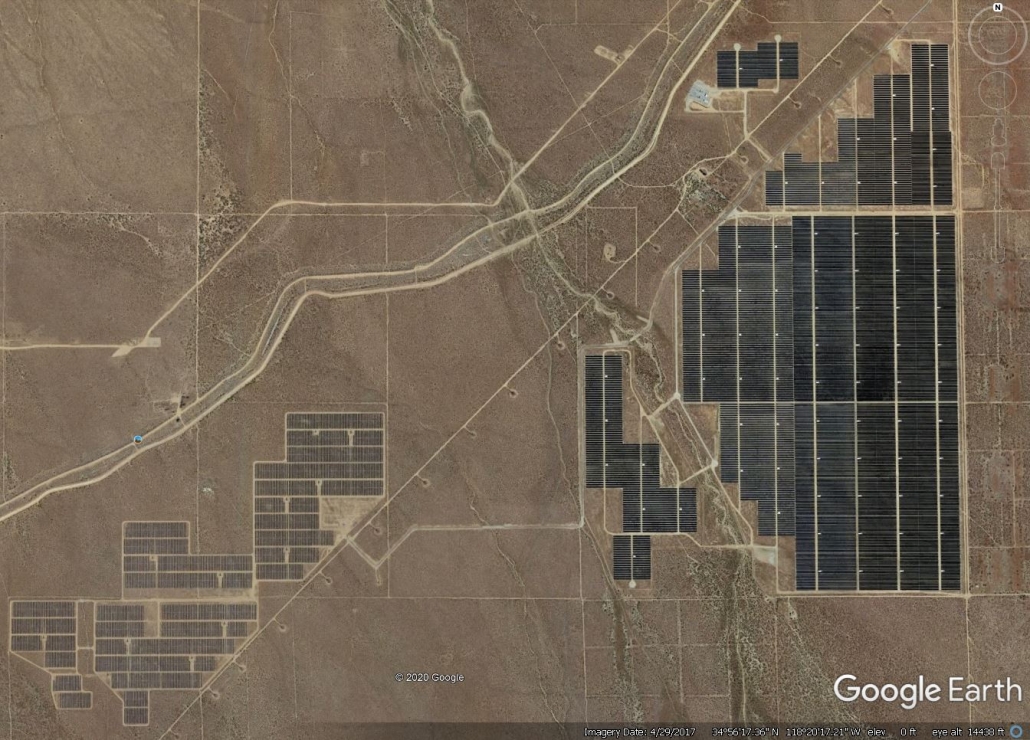
Solar Star farm in Kern County, California.
More people are deciding to go solar every year. Going solar will reduce or eliminate your electric bill, earn a good return for your investment, increase your property value, protect against rising energy costs, and protect the environment by cutting your consumption of non-renewable energy.
Sometimes solar panels can be truly awe-inspiring. In addition to community solar there are many enormous solar fields around the world, including Solar Star, America’s largest solar farm and the world’s largest when it was created in 2015. Solar Star spans over 13 kilometres squared, about four times the size of central park. It produces 579 megawatts of energy, and powers over 250,000 homes, and you can see it from hundreds of miles above the ground!
Located in Kern and Los Angeles counties in California, it was built on “disturbed” land, meaning land that was already altered by people and not in its natural state. These panels get cleaned in a way that uses minimal water, and automatically follow the sun’s motion across the sky, which makes them more efficient. According to Solstice, these panels impact the environment as if they took 108,000 cars off the road every year! Additionally, the project was reported to have created 650 jobs over three years, and 40 maintenance jobs through its lifetime. The panels are also a source of pride and leadership for the US renewable sector.
Mega-scale solar farms are becoming more common around the world. Since 2015, solar plants in Mexico, China, and India are all projected to reach a range of 1,000-2,000 megawatts soon. The UAE even plans on building a plant with 5,000 watts by 2030. Back in the US, there are other large fields too, like the Desert Sunlight and Topaz farms producing 550 megawatts each, but they take up more space. Solar energy is becoming more affordable for the average American to place on their properties and commercial buildings every year too. More efficient benefits of distributed energy generation and more resistance to outages for small-scale projects should keep getting better, making more numerous small-scale projects across our communities It brings more affordable energy to people across the country and thus helps us life more cheaply.
Still, we will keep our eyes out for updates on the production of these mega farms in the US and around the world. The solar industry creates many jobs for people for farms of all sizes and contributes to maintaining a clean planet and reduction in carbon emissions. The solar industry is growing exponentially, with an almost 200% increase between 2016 and 2017, and 2,056 megawatts of community solar has been installed in the US through 2019! It brings better energy to people across the country, including in Massachusetts, Rhode Island, and Connecticut, which Second Generation Energy serves.
